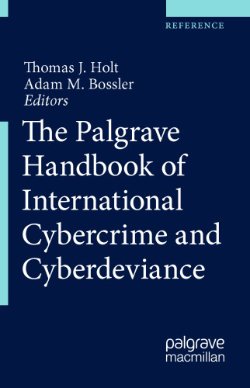By Nir Kshetri
This book is about the global cybercrime industry, which according to some estimates, is a US$1 trillion industry and is growing rapidly. It examines economic and institutional processes in the cybercrime industry, provides insights into the entrepreneurial aspect of firms engaged in cyber-criminal activities, takes a close look at cybercrime business models, explains the global variation in the pattern of cybercrimes and seeks to understand threats and countermeasures taken by key actors in this industry. This book’s distinguishing features include the newness, importance, controversiality and complexity of the topic; cross-disciplinary focus, orientation and scope; theory-based but practical and accessible to the wider audience; and illustration of various qualitative and quantitative aspects of the global cybercrime industry.
Cham: Springer, 2010. 252p.





















